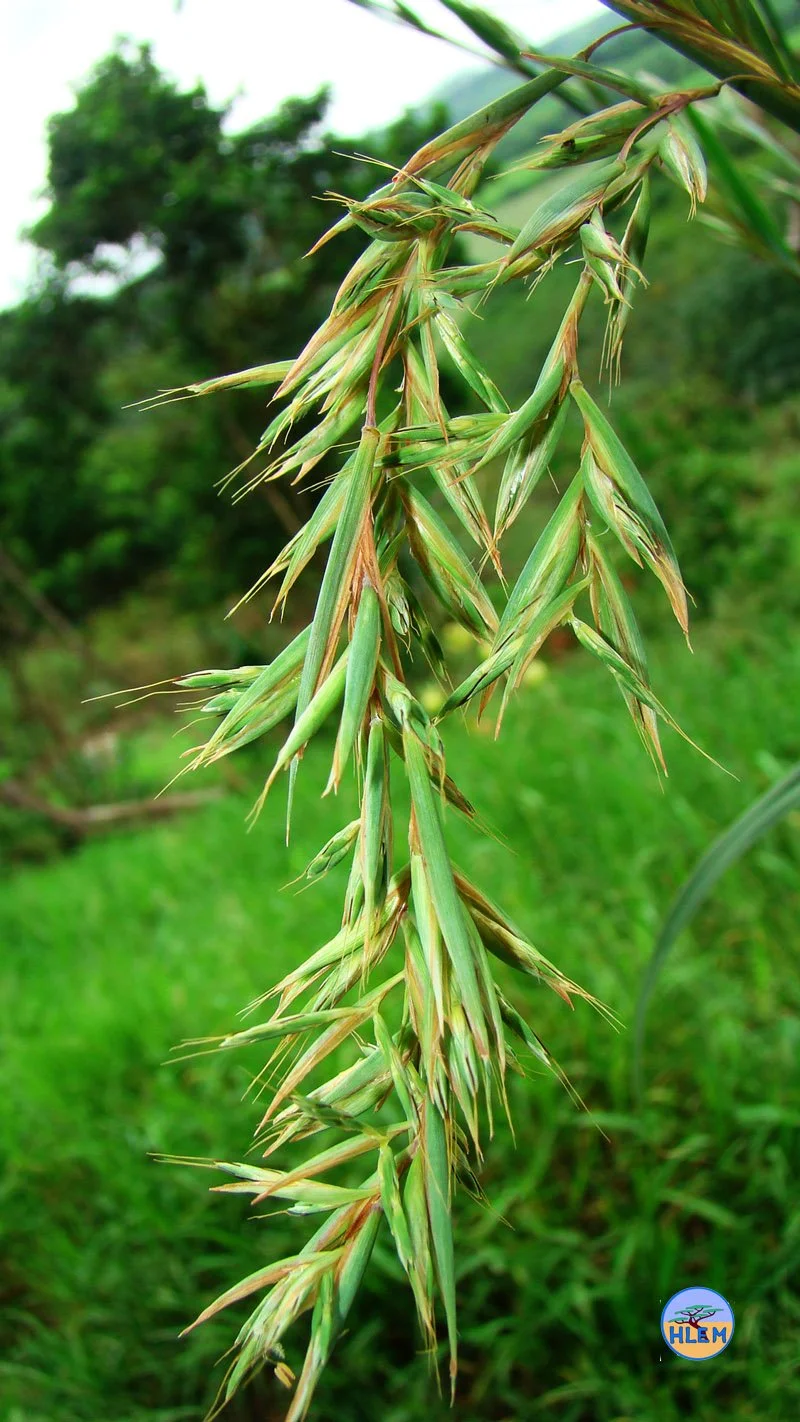
Wild Horticulture
There are different ecological zones abutting our pilot site of the Jukskei River: from its daylighting in a storm water culvert in densified Queen Street, through Bez Valley parklands and Bruma rockery, and past shops and gated estates near the dam at Gillooly’s Farm, on the border between the East and North Rand.
Water for the Future’s development plan involves “rewilding” as much available adjoining land along this concourse as possible:
“Rewilding seeks to reinstate natural processes and, where appropriate, missing species – allowing them to shape the landscape and the habitats within. It’s focused firmly on the future although we can learn from the past.
Rewilding encourages a balance between people and the rest of nature so that we thrive together. It can provide opportunities for communities to diversify and create nature-based economies; for living systems to provide the ecological functions on which we all depend; and for people to reconnect with wild nature.” (Rewilding Britain, 2022)
Scroll to discover all we are achieving to produce a rewilding of the inner-city.
Highveld Grassland: Block 2 (VY Yards) 2021
Following the removal of invasive alien plants from the banks of the river between Viljoen and Lang streets, Water for the Future seeded highveld grasses, which are used by industry for mine dump rehabilitation and erosion control.
The grasses are playing an important role in the summer-rainfall season. They stabilise and regenerate soil, filter storm water, and are preventing most of the alien vegetation from returning.
Witnessing grass in this natural form is a unique experience for Johannesburg, and the number of birds and insects are returning to the green corridor in a natural and sustainable manner. Community health, well-being, and urban agriculture will directly benefit from this restoration.
We thank Hydromulch for donating the grass seeds and compost, as well as the specialist input of Liezl Vosloo (The Invasives Lady) who developed a professional IAP management plan. This input was invaluable in helping WFTF turn the removal project into an educational programme with economic potential.
Grassland systems are some of the most threatened systems in the world, and yet they support diverse and distinct faunal and floral communities (Zaloumis, 2013). This short film by William Bond describes the function of grassland in the environment and the weighty role grass holds in maintaining biospheres.
Soweto Highveld Grasses Nursery
Water for the Future is partnering with Randwater Waterwise to reintroduce the original biome that once inhabited and fed the wetland system that was the ‘Witwatersrand’ (‘Land of white waters’). Together with Randwater’s experts on savannah plantlife, we are harvesting indigenous seeds from their special nursery of “Soweto Highveld grassland”: an endangered biome that still exists only in small reserves across Gauteng. Watch this space as the Water for the Future team learn to document and propagate from our very own seed bank, developed from Randwater’s share of their extraordinary conservancy. We have already had a seed bank of rare Soweto Highveld grasses placed in a mud and mortar shelter that forms an artwork installed by artist Io Makandal on Block 2 of the pilot site: read more about it here. Some of the plants we are harvesting over 2022 are presented below.

Cymbopogon Validus (Cymbopogon Nardus) or Giant Turpentine Grass

Andropogon eucomis or Snowflake Grass

Sorghum Bicolour or Sorghum

Silene or Cape Campion

Gladiolus Crassifolius or Thick-leaved Gladiolus

Eragrostis Plana or Fan Love Grass

Setaria Sphacelata or Golden Millet

Andropogon appendiculatus or Blue Grass

African Bluebell


